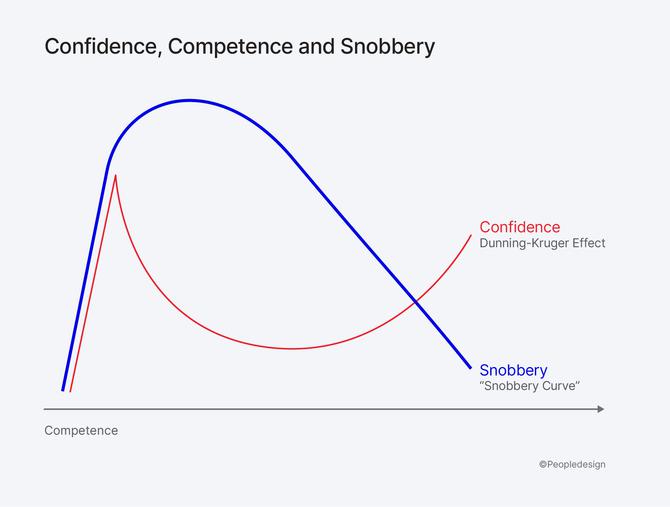
Peopledesign
The Built Environment
Furniture
Lighting
Textiles/Upholstery
Flooring/Carpet
Building Materials
AE Firms
Authentic Sustainability
Authentic Sustainability
1. Denial – No climate change exists, and we don’t need to do anything about it.
2. Anger – We won’t do anything different and are angry that people keep asking.
3. Bargaining – Let's do as little as possible.
4. Depression – We’ll do something about sustainability, but it’s a bother.
5. Acceptance – I guess we’ll go with the flow.
At Peopledesign, we’ve noticed a pattern of behavior among experts we describe as the “Snobbery Curve.”

Most leaders want to be authentic. They want a North Star for their brand, customers, partners, and talent. Sustainability may sound like a problem for your product and operations team, but it may be just what your brand and talent teams need to innovate.
1. Prepare – How might we soften the ground for sustainability?
2. Craft a vision – Can sustainability define our next chapter?
3. Implement – How can small steps begin to paint the bigger picture?
4. Embed – How does our sustainability vision actually change our work?
5. Review – How can we measure and celebrate sustainability progress?
